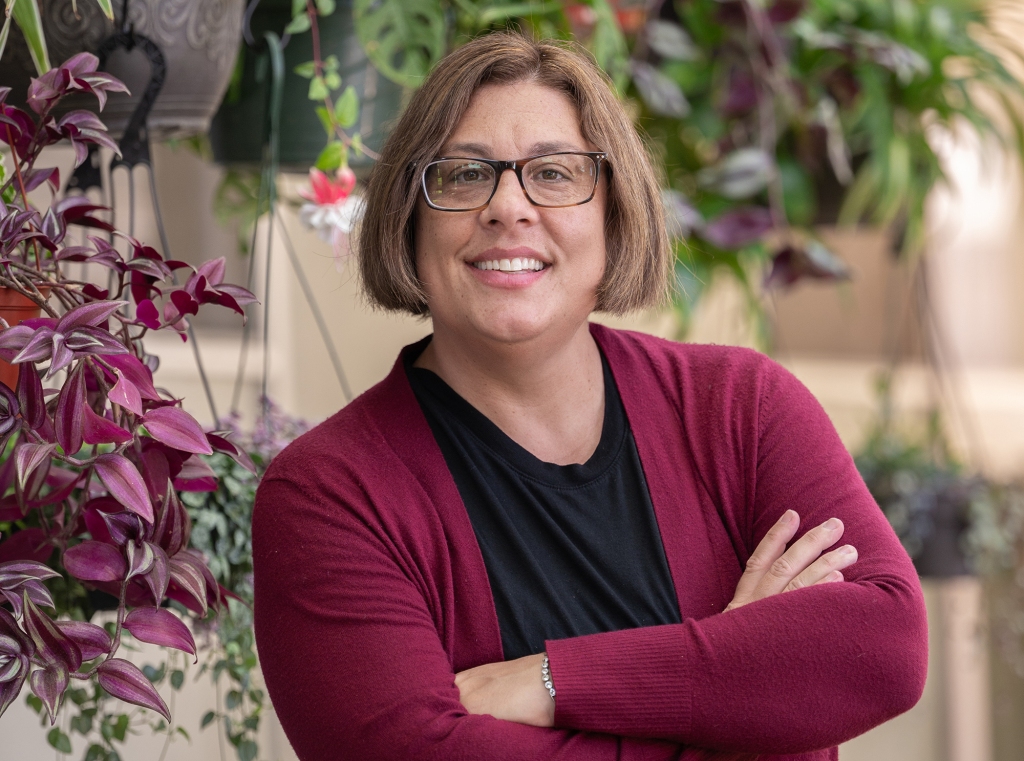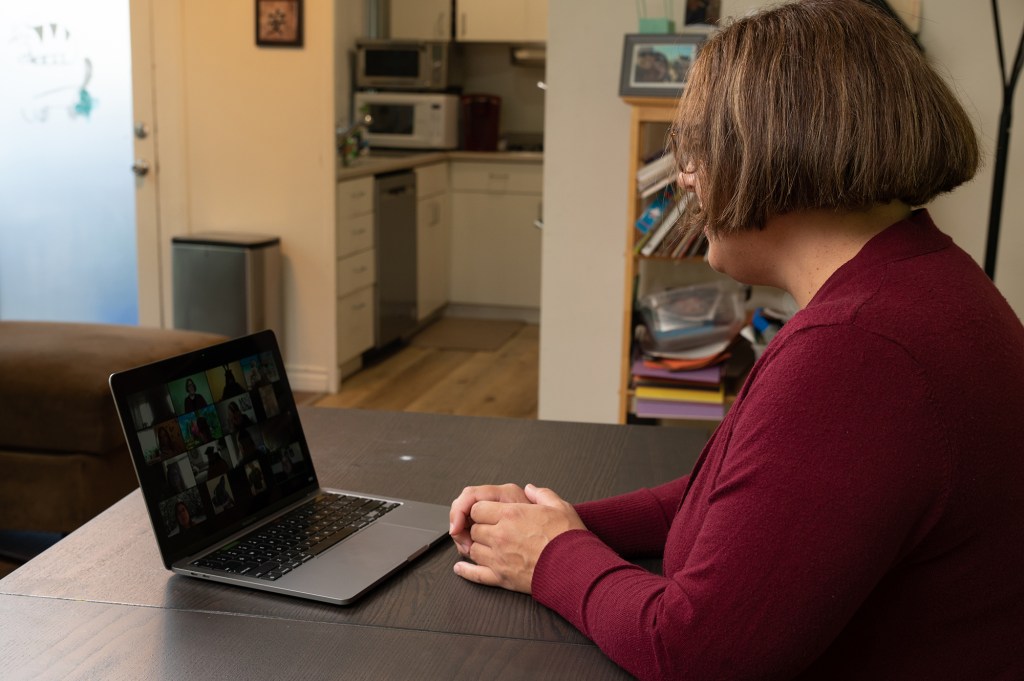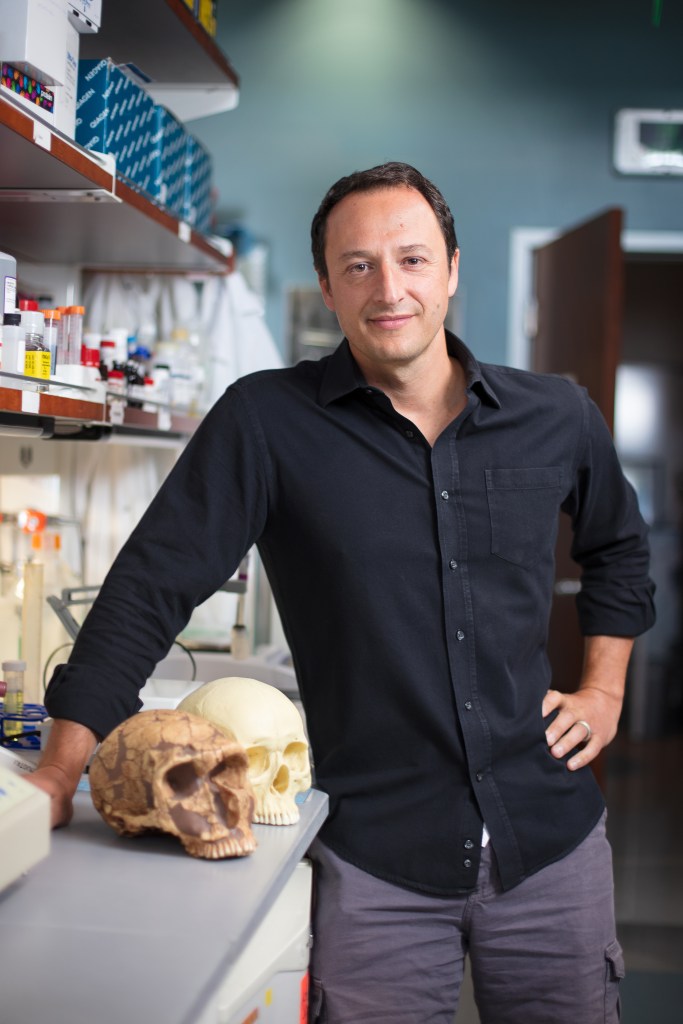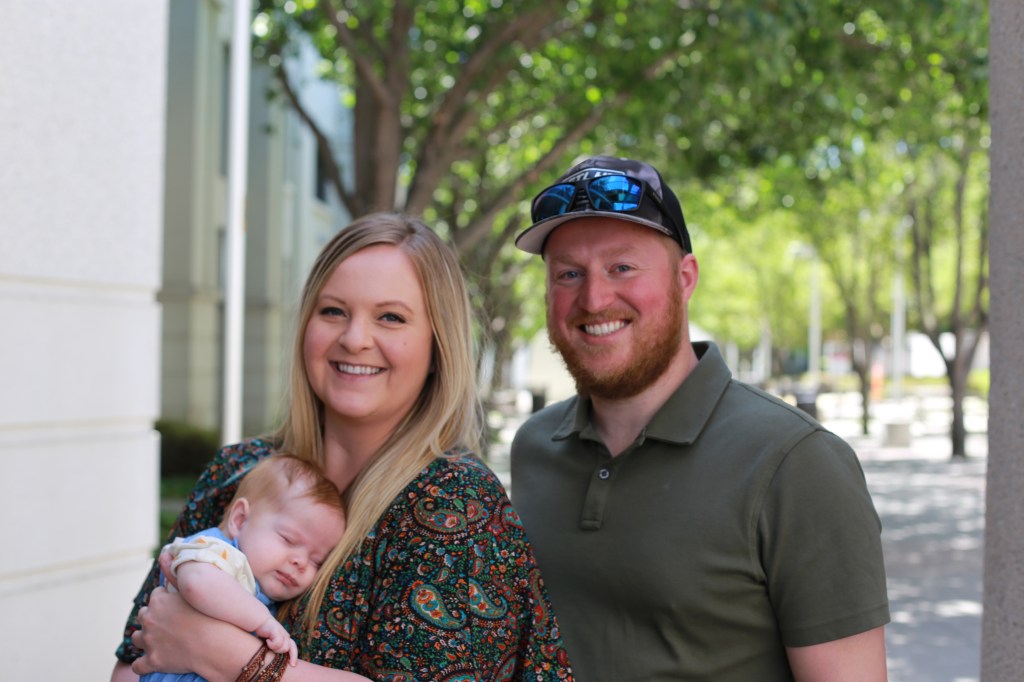
The 2022 Nobel Prize in Chemistry has been awarded to Carolyn R. Bertozzi of Stanford University, Morten Meldal of the University of Copenhagen, and K. Barry Sharpless of Scripps Research. The three scientists are recognized for their independent development and contributions to the field known as click chemistry and bioorthogonal chemistry.
Sharpless and Meldal are credited with laying the foundation for click chemistry, a functional form of chemistry in which molecular building blocks snap together quickly and efficiently. But it’s Bertozzi—a Stanford professor, chemist, mentor and early CIRM grantee—who is being recognized for taking click chemistry to a new dimension and utilizing it in living organisms.
A press release from The Royal Swedish Academy of Sciences describes Bertozzi’s accomplishments as follows:
“To map important but elusive biomolecules on the surface of cells – glycans – Bertozzi developed click reactions that work inside living organisms. Her bioorthogonal reactions take place without disrupting the normal chemistry of the cell.
These reactions are now used globally to explore cells and track biological processes. Using bioorthogonal reactions, researchers have improved the targeting of cancer pharmaceuticals, which are now being tested in clinical trials.”
Click chemistry and bioorthogonal reactions, the press release notes, have taken chemistry into the era of functionalism and brings the greatest benefit to humankind.

A Hand in Early Stem Cell Research
Bertozzi also had a hand in early stem cell research funded by the California Institute for Regenerative Medicine (CIRM), California’s stem cell agency.
As a recipient of a SEED Grant from the agency in 2007, Bertozzi helped jump-start human embryonic stem cell (hESC) research in California. Through that funding, Bertozzi’s lab at UC Berkeley studied the roles of cell surface sugars in the transformation of hESCs into cell types useful for the treatment of human diseases.
“This work will contribute to a better understanding of how stem cells interact with other cells in their environment and how they mature into different cell types,” Bertozzi said.
A Prolific Mentor
Bertozzi is also recognized as a prolific mentor, having advised more than 250 undergraduates, graduate students, and postdoctoral fellows, including CIRM Bridges alumni Ian Blong, whose experience working in Bertozzi’s lab was profiled in The Stem Cellar.
Bertozzi founded and continues to lead the Sarafan ChEM-H Chemistry-Biology Interface Predoctoral Training Program, which helps train graduate students to bridge the gap between chemistry, biology, and medical research.
She also helped launched a program to prepare recent college graduates from diverse and historically underrepresented backgrounds to apply for doctorate programs in the sciences. In 2022, Bertozzi was recognized with a Lifetime Mentor Award from the American Association for the Advancement of Science for her commitment to mentorship and increasing diversity in science.
CIRM congratulates Bertozzi, Meldal and Sharpless on their Nobel Prize award and for their impressive accomplishments. Read an in-depth profile of Bertozzi and her work on the Stanford Magazine website. Read more about all three scientists and their work here. Read the news release from Stanford here.









